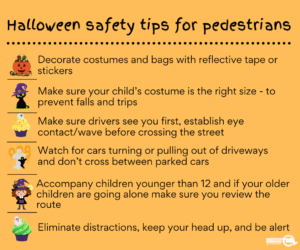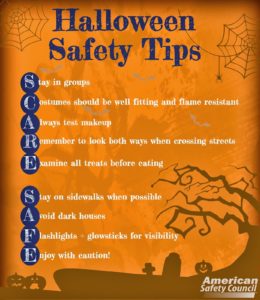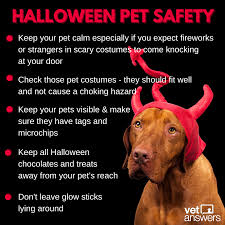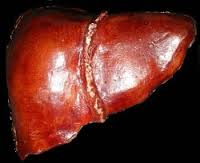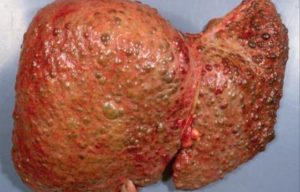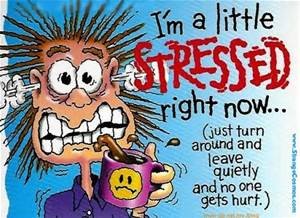
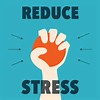
One way of looking at life is whatever challenges comes your way know you will survive and for any losses you may experience when looking back on them take the positive aspects or memories not the negative that builds a bad effect on you (Ex. Insomnia to depression to high blood pressure to alcoholism to drugs). A positive effect can be as simple as a smile when reflecting memories, which FYI allows less frowning that will cause less wrinkles on the forehead, as we get older. Sometimes it’s not that simply and when it gets harder take up a constructive way of dealing with it (Ex. Work out at your level, walking, singing, go to a comedy movie, get together with friends go out, and do anything that gets your mind off of the stress and even out of your body through work out at the gym to just biking or walking.).
For starters stress is a body reaction to CHANGE. How to you look at change? Easy, positive! It may not appear easy at first but try to look at this change as a sense of difficulty yet a challenge with a victory in the end, if approached right. Let us take the following challenges, for example – Having a child leave home for college or marriage, losing a home with this economy, a loss of a friend in your life: How do you look at these experiences positive?
Well for the child I would be so happy for her or him starting college life with my worries but knowing I raised her or him well and if he makes mistakes on the way he will learn to get up off the ground and fix them knowing he can come to me or dad whenever he has the need or if we sense a problem we would address it (Its part of life=growing up). Another aspect to look at regarding this stress is there is loss in the parent role so fill up that loss with a new hobby, or get active in whatever organization you are in (Ex. Church, Temple, School, to just taking up ceramics or do more traveling with your spouse and friends). I had my falls with the stresses that I have come across but got up every time to stand again, some quicker than other times.
How do you deal with losing a home with this economy well appreciate the good memories you had when you had the home and pick up starting a new life elsewhere with making it a journey down the yellow brick road leading you to where the rainbow is at the end; don’t look at it as a loss.
Dealing with losing a friend, again, the way I look at it is I appreciate the time I had with her or him and know they haven’t left me in spirit (if deceased). If the person is still living know there are reasons for everything; whatever the cause was for the reason for the relationship parting and when out of my control I think of how I had a good friendship as opposed to never having one with that individual. I accept that nothing lasts forever or indefinitely, with appreciating the time I may have had with the person. Ending note is I look at life this way, whatever positive entity comes in my life may be taken away from me and appreciate every moment you spend with that person or thing in your life that you love so much (including my life span that only upstairs knows how long that time factor will be but I try to live a life at its healthiest optimal level with practicing positive behavior which is knowing whatever stressors come my way there is always someone worse off and with God I can face anything.
If I don’t deal with stress like this than I can expect complications that may arise, just like for anyone else who looks at challenges coming their way in a negative sense. You commonly see stress become a negative experience when a person faces continuous challenges/stressors without relief or relaxation between the them. The ending result is the person becomes overworked and stress-related tension builds. Stress that continues without positive resolution at some level can cause a condition called distress, which is a negative stress reaction. The physical reactions that happen to your body due to negative stress:
-Elevated high blood pressure –Headaches –Chest Pain –Upset Stomach –Insomnia –Grinding of the teeth –Jaw Tension –Teeth grinded down –Irritability –Anger –Panic episodes –Vasoconstriction to our vessels causing increases to the heart rate –Decreases sex drive –Depression (Research even suggests that stress also can bring on or worsen certain symptoms or diseases.)
Stress costs American industry more than $300 billion annually.
The lifetime prevalence of an emotional disorder is more than 50%, often due to chronic, untreated stress reactions.
Stress is a normal part of life. Many events that happen to you and around you — and many things that you do yourself (Ex. Work 40 to 60 hrs a week in a highly stressful job, like a policeman) – will put stress on your body. You can experience stress from your environment, your body, and your thoughts. You can also cause the stress to impact your body with first just signs and symptoms (s/s) developing, that are listed above, but without relief of the stress these s/s can lead you into a disease/illness forming or even make the diagnose (s) you already have even worse.
Many signs and symptoms pick up when exposed to continual stress or stresses that just build up on top of each other causing some people in developing unhealthy habits, poor dieting, and the lack of desire to be as active as they were which in turn develops conditions that would not have occurred if this negative behavior didn’t happen over a long period of time.
This behavior with the stress or stresses you are experiencing increases the probability of health conditions starting to take place in your body or if you’re with certain diagnoses already the stress can possibly impact your body by worsening the condition. The conditions that can develop from any age of being under continual stress over a period of time are:
-ADD or ADHD –Panic disorders –High blood pressure –Anti-arrhythmias -Cardiac Disease -Diabetes 1 or Diabetes 2 -Stroke –Irritable Bowel Syndrome –Weight Gain/Obesity –Fibromyalgia –Complex Regional Pain Syndrome –ETOH -Depression and so much more.
How to bypass developing conditions that can be caused from the long constant stress or stresses you experience? One method is fight back (fight or flight), and when it gets really difficult don’t turn to bad heath patterns in your life to deal with the stressors turn to a healthy diet, keeping a healthy weight for your body mass index (BMI) so you can deal better with fighting the stressors in your life (if not sure what your BMI is check online to find out how to calculated it, it is for free), and practice healthy habits. You may be saying how to I even go about that or maybe it’s easy for me but not true. Let me shine some light on this topic. I was there many times before and found a resolution to help deal better with my stresses through a change in eating and I lost 22 lbs. and still I am trying with being physically challenged at this moment to get to my optimal shape. If you want to check out how to deal effectively with your stress and live a healthier life for prevention of complications that stress can cause go to healthyusa.tsfl.com/. You will learn both through Dr. Anderson and his book “Dr. A’s habits of health”. This will help you in dealing with stressors as well as boost up your health with losing weight and learning healthy habits in living. Through Dr. Anderson’s book you will learn about all 4 food groups in how to eat the foods, when to eat the foods, what portion sizes to use, with learning even about diseases and illnesses that can occur through poor habits in diet, activity, and more. If this this news spreads throughout America it would make our country much healthier which we could use for now and in the future. This is not a recruiting organization but a company that can help you and many others live a better and possibly longer life.
Hope I have helped you in someway dealing with any stress in your life. Also, I hope to hear from you both with your comments on the articles you read on my blog with visiting the website in taking the right step to reach the optimal level of your heath including learning methods that help you deal the best you can with stress.


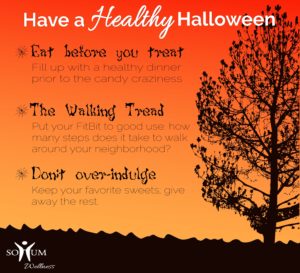
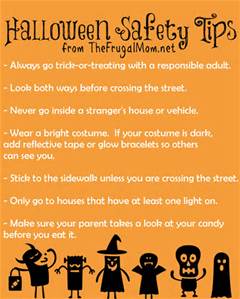
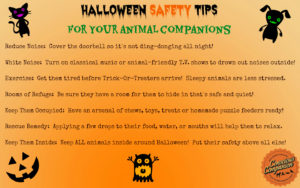
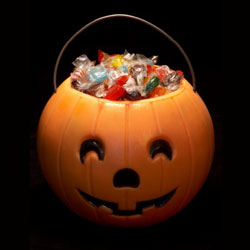


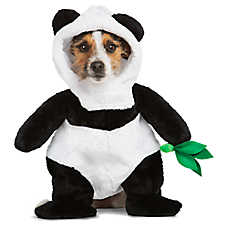 BE SAFE WITH YOUR ANIMALS!
BE SAFE WITH YOUR ANIMALS!